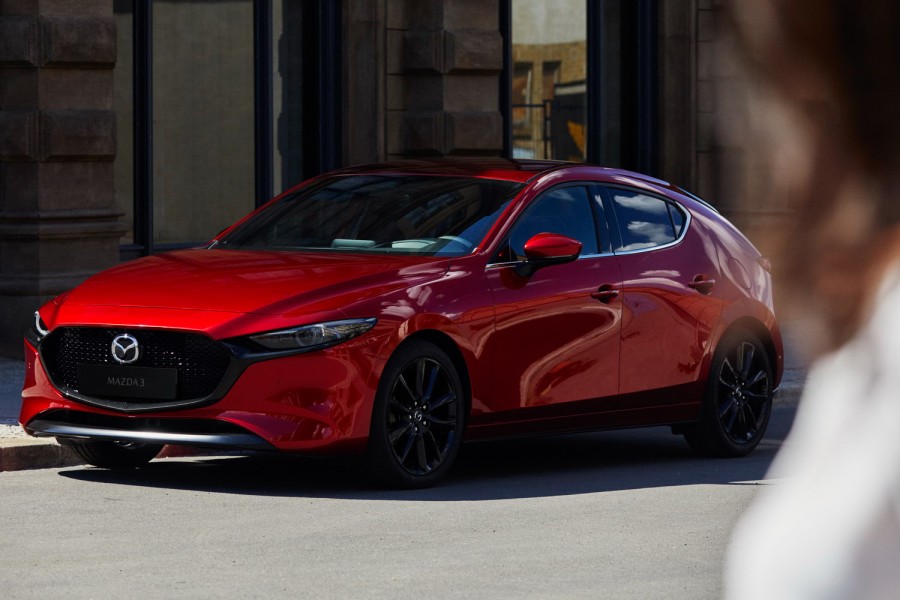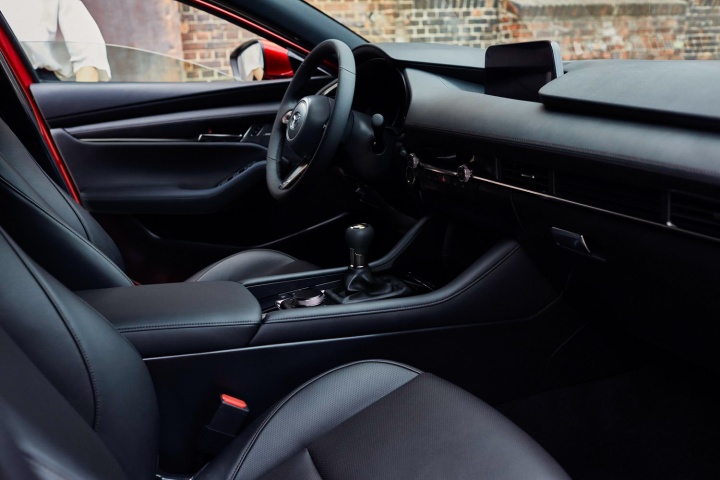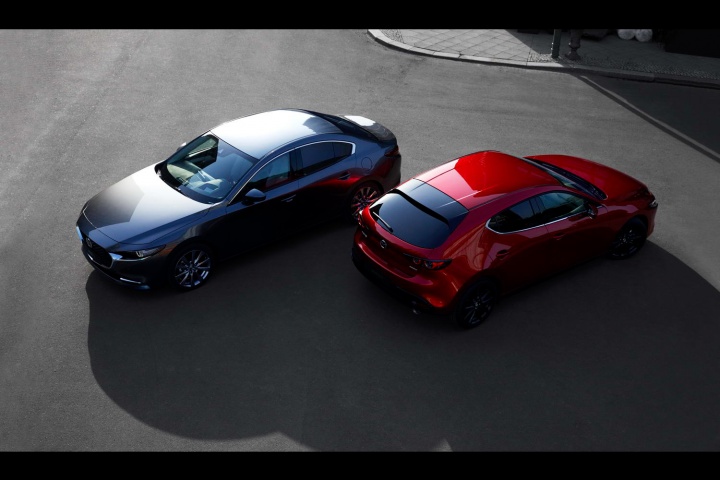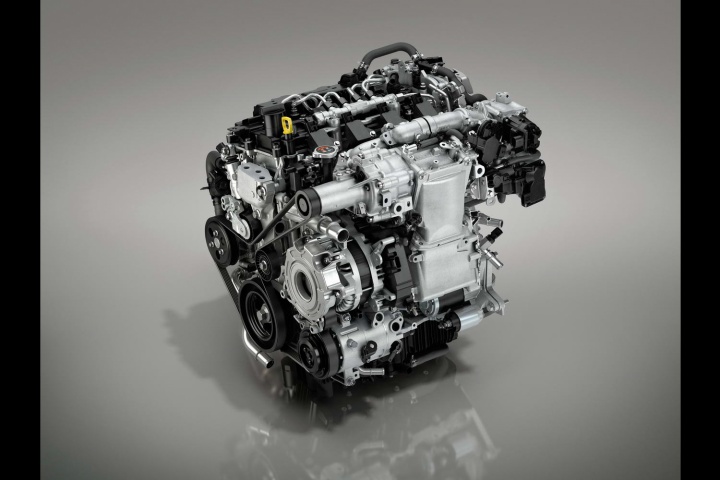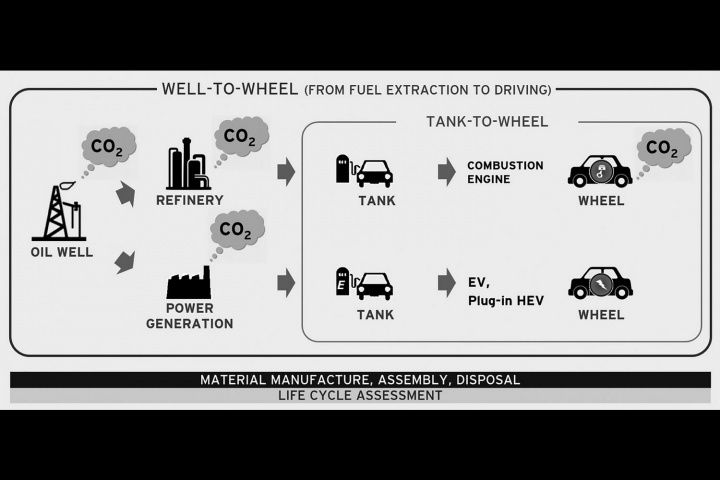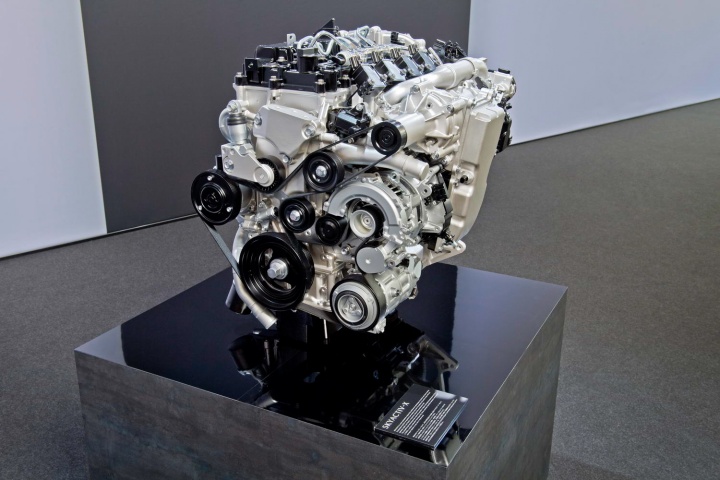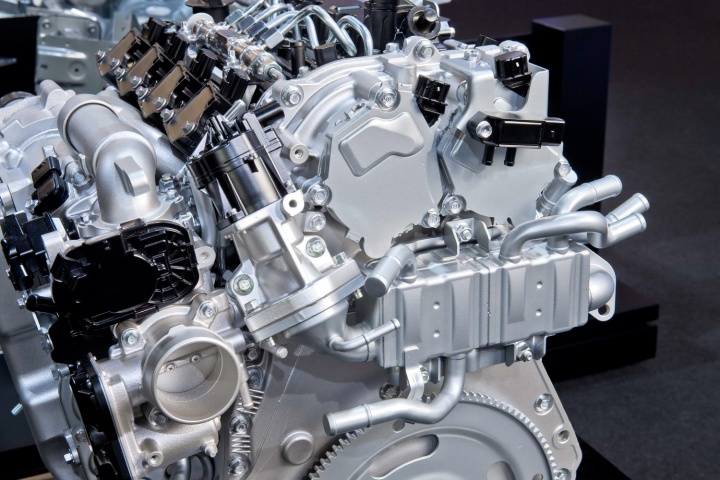These days, you can't move without reference to BEVs, HEVs, PHEVs and FCEVS. And the common theme to all these seemingly incomprehensible acronyms is the EV bit - electric vehicles.
It seems like the whole world is racing to electrification of personal transportation. We've got electric buses. Electric taxis. Electric vans. Even a few electric lorries. But nowhere is the adoption of EVs moving quicker than in the world of cars. It looks like it's the new panacea to global pollution issues and certain cities - Paris, Hamburg and Copenhagen, being but a few - are already looking into bans on combustion-engined cars driving in their core urban areas.
But is electric really the answer? Is it as ecologically 'green' as everyone makes out? Are we really heading towards an era where petrol and diesel combustion engines are banned, forever? And has Mazda, of all the carmakers, come up with the perfect bridging solution, in the form of its clever SkyActiv-X technology?
First of all, it's perhaps worth looking at the merits of petrol, diesel, and hybrid. Petrol and diesel, as the long-serving methods of powering cars, have a huge advantage at the moment in terms of infrastructure and refuelling technology. There are hundreds of filling stations dotted all over the country, so getting a petrol or diesel car that's low on fuel back up to tip-top condition is the work of less than five minutes.
They also have the range on most hybrids and EVs. Most good, modern, petrol family cars will do around 600-700km on a tank these days, while some of the most frugal diesels can get up to 1,100km on a single refuel, which makes the best electric cars' theoretical maximum distance of not much more than 400km look feeble. But, of course, the whole push to electric power is because both petrol and diesel are refined from crude oil, a finite natural resource, and burning them releases hydrocarbons into the atmosphere.
This is straightforward pollution of the planet. Petrol cars are less fuel-efficient than diesels and emit more CO2 on a roughly comparable basis, but the Dieselgate scandal began a backlash on what was once the most popular fuel choice for private vehicles in this country by miles. That backlash is mainly because diesels emit more nitrous oxides (NOx) than petrol cars - and it's these emissions that are now forming the basis of governments' anti-diesel campaigns.
Hence why people are moving more towards HEVs, PHEVS and EVs. All of these use varying degrees of drivetrain electrification - in the case of HEVs, it's fairly mild; PHEVs are more complex and capable of both pure EV and petrol/diesel running; and EVs have no combustion engines at all - to save on fuel and reduce tailpipe emissions and, in the case of the latest PHEVs and EVs, it's almost getting to the point where they are as good as some of their petrol and diesel rivals. However, the infrastructure (i.e., the availability of public charging points) is, as of writing, nowhere near the level of sophistication that petrol and diesel fuelling stations are at, while it takes a lot, lot longer to recharge a plug-in hybrid/electric vehicle than it does to splash 50 litres of Super Unleaded into your tank.
Fuel-cell electric vehicles look like they might be the best solution for the distant future - these team EV running gear with a hydrogen fuel cell in place of the combustion engine, which gives the same power and similar refuelling times to a petrol or diesel car, plus they have a comparable cruising range. However, the hydrogen refuelling network is in its absolute infancy, while only a few manufacturers are looking into hydrogen-powered vehicles right now. So, it seems all types of EVs, no matter whether their electrical propulsion systems are mated to a fuel cell, a combustion engine or just to a lithium-ion battery, have drawbacks right now.
Which is where Mazda comes in and, before we get onto SkyActiv-X, the Japanese company has some ideas of its own about the merits of electrification in the current day. The whole problem with hybrids and EVs, the brand says, is that supporters of the technology are always very eager to talk about tailpipe emissions - but not 'well-to-wheel' emissions. This means that, in order to make the very advanced batteries and electrical systems of the current hybrid/EV crop, it often necessitates the hazardous mining and long-distance transportation of very rare materials from remote places all around the globe. Factor in the truth that most nations' electricity grids do not source their power from renewable sources (wind, solar, geothermal, hydro, nuclear) and instead burn coal or other fossil fuels in power stations and, actually, the CO2 output of building and then running an electric car off the grid means it will never be as carbon-efficient as a regular combustion engine.
Now, Mazda is not denying the electric vehicle revolution must come, but it thinks, on a well-to-wheel basis, that electric cars will not start to make sense until 2030. In the meantime, it thinks that the world should be focusing on making petrol and diesel cars as fuel-efficient, carbon-neutral and generally planet-friendly as they possibly can be. And that leads us to SkyActiv-X.
It's basically a petrol engine that runs like a diesel. To burn the fuel and air mixture in its cylinders, a petrol engine uses a spark plug to ignite the combustion process, whereas a diesel uses intense compression to get the fuel/air mix to combust.
However, trying to adopt diesel's compression combustion in a petrol engine can be tricky, as the fuel/air mixture required is too lean (i.e., there's too much air and not enough petrol) and the higher compression can lead to 'knock', a process where the fuel/air mix can detonate before the piston has reached the top of its travel (also known as 'top dead centre'). And knock can very soon destroy a combustion engine, which is why no one has tried to make a petrol run like a diesel.
Mazda, though, reckons it has cracked this conundrum by utilising the best technology from both fuel types. SkyActiv-X is what is known as an SPCCI petrol, or a 'Spark-Controlled Compression Ignition' engine. It runs an even higher compression ratio of 16:1, compared to 14:1 for Mazda's existing SkyActiv-G engines (which are very clean petrol motors as it is), and is said to be both 20 per cent more fuel efficient than the equivalent SkyActiv-G engine, while also being more powerful and torquier to boot - the same 2.0-litre, four-cylinder petrol engine would deliver 165hp and 210Nm as a SkyActiv-G, and around 190hp and 230Nm as a SkyActiv-X.
Anyway, the SPCCI SkyActiv-X engine works with its very lean fuel/air mixture, which creates less nitrous oxide (those tailpipe nasties we mentioned earlier) than a normal petrol engine and is more thermally efficient, meaning it can get to optimum operating temperature quicker - again, saving fuel during the warm-up cycle. However, to prevent knock, there's still a spark plug. So, in SkyActiv-X's full spark ignition (SI) mode, it functions like a normal petrol engine. But in compression ignition (CI) mode, the fuel/air mix is compressed almost to the point it will self-combust, whereupon the spark plug will introduce a small 'fireball' to the cylinder - this ensures the mix combusts just when is required and it ensures the chain reaction through the rest of the fuel/air mixture takes place.
The SkyActiv-X engine can switch between SI and CI seamlessly, the engine deciding when it is running a low-enough load to flip into CI mode, and what you get is all the rev-happy, responsive nature of a petrol engine, with the enhanced torque and parsimony of a diesel. Indeed, we've actually tried SkyActiv-X in its fledgling form and found it to be a superb system that is unobtrusive in operation, while simultaneously improving the driving characteristics of the car it is installed in. And, on that note, you'll soon be able to drive SkyActiv-X too - because this clever, fuel-saving, bridge-to-the-electric-car-era technology will make it to the public market in the all-new Mazda3, which was recently unveiled at the LA Auto Show in the States.
Seems like maybe the electric car revolution isn't as close as we all thought...

